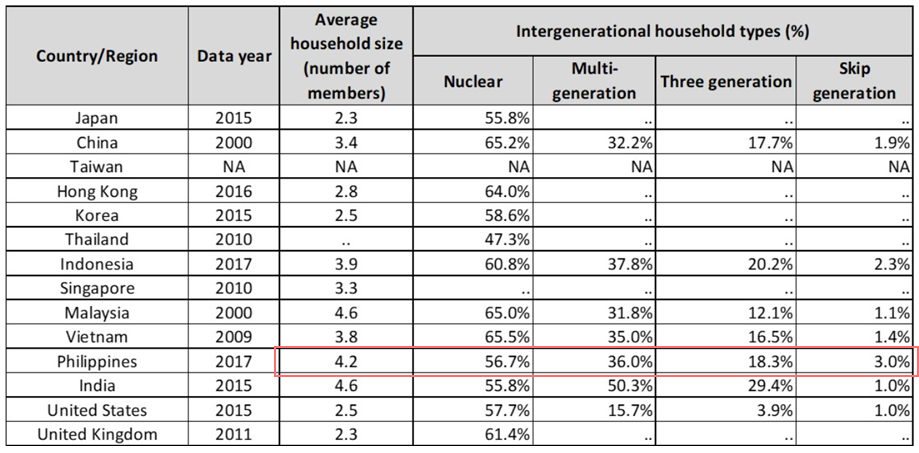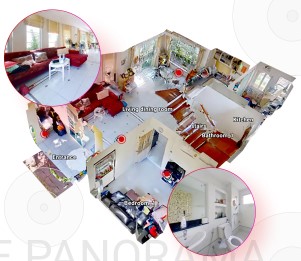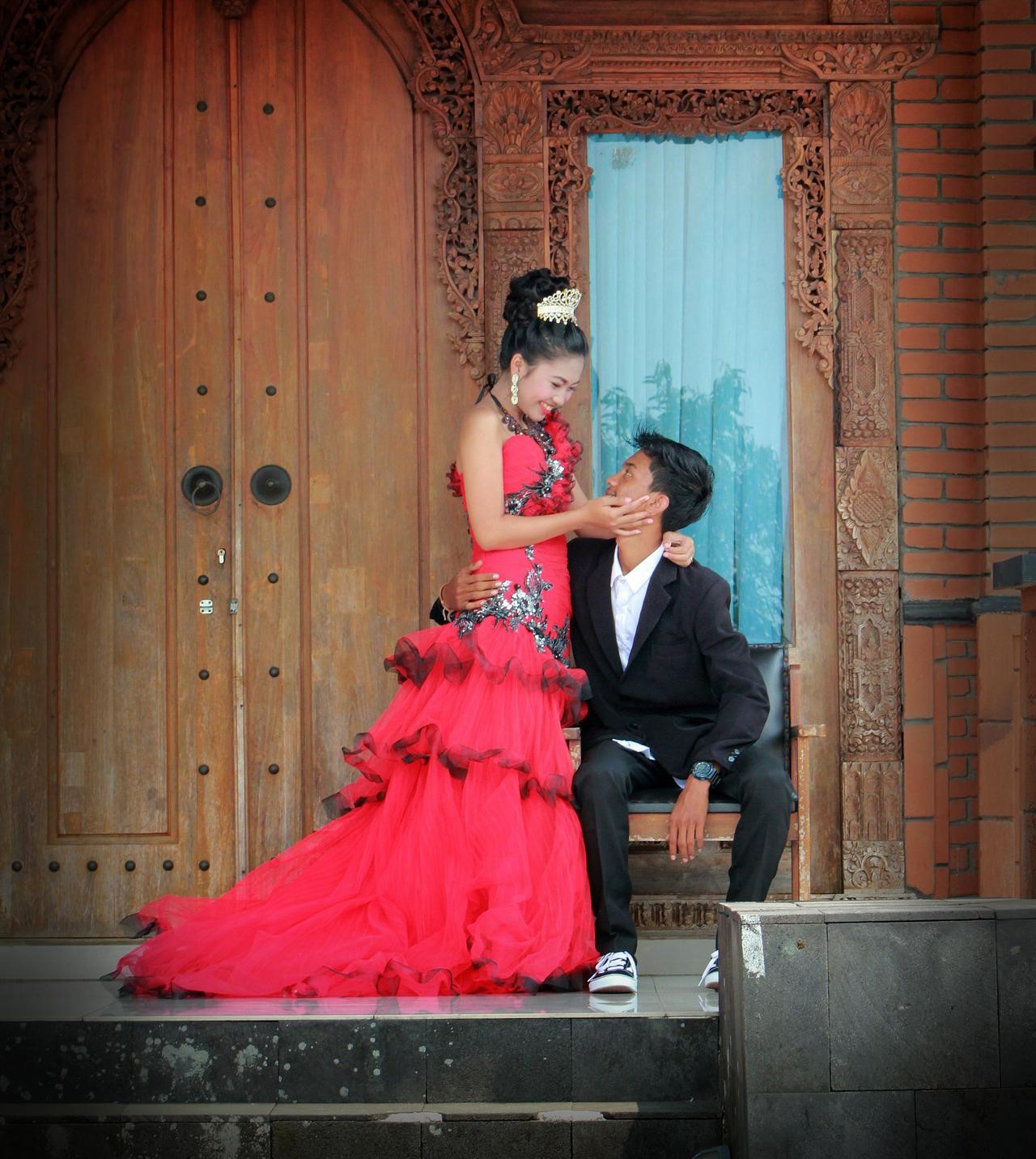[Global Series: Marriage and Assets] Philippines: Preparing for Marriage
- Release date: Aug 25, 2022
- Update date: Oct 15, 2025
- 9177 Views
The Philippines, a country within Asia that has been strongly influenced by Western culture. Having been a Spanish colony for 400 years, 85% of its citizens are Catholic, and marriage is considered something that should be blessed in church. Therefore, for many Filipinos, a wedding ceremony is considered essential. The Philippines is characterized by a wide income gap, from the wealthy to the low-income, with significant differences in lifestyle depending on income. As a result, many Filipinos work overseas as migrant workers to earn higher wages than they could domestically. This article explores marriage customs in the Philippines and the necessary preparations for marriage, featuring insights from Fabian (31, male, office worker), who married in 2021.
Post-marriage living arrangements
In the Philippines, it is uncommon for university graduates to live alone in apartments; most continue living with their families. After marriage, it is common for couples to live together in a condominium. If the couple does not have sufficient income, they may live with their parents in a two-generation household. Since domestic helpers often handle household chores in Filipino homes, each room typically has its own bathroom, creating a living environment conducive to cohabitation.

※Nuclear: Nuclear family. Refers to households consisting of only a married couple, a married couple with children, or a single-parent household. Multi-generation: Refers to families with two or more generations living together, where the children are aged 20 or older. (Includes nuclear families consisting of a married couple and children aged 20 or older) Three generation: Refers to families with three or more generations living together, regardless of the children's age.
Source: United Nations, Population Division. ”Database on Household Size and Composition 2019”
Fabian's parents are wealthy, and Fabian himself belongs to the upper-middle class, fitting the profile of someone who would have a typical wedding. When parents are reasonably well-off, it's common for them to buy their children a house or condominium. In Fabian's case, he lives in a new two-bedroom apartment just a five-minute walk from the family home his father purchased for him. Since they don't have to pay rent, his wife is a full-time homemaker, and Fabian's salary covers their living expenses. If the new home were rented, it would require a monthly rent of around 20,000 pesos (approximately 45,000 yen), making dual-income households quite common.
City Wedding
According to Ms. Chua, Event Manager at the five-star New World Hotel in Makati, holding weddings has long been common among the middle class and above, and this trend continues unchanged today. Regarding wedding budgets, the New World Hotel reports that costs range from 1,000,000 to 5,000,000 pesos (approximately 2.3 million to 11.5 million yen), varying significantly based on the number of guests. While the affluent tend to spend more on weddings, some couples now prefer intimate family-only plans, and the hotel accommodates weddings starting at 60,000 pesos (approximately ¥140,000). According to Fabian's father, it is customary for the groom's family to cover the wedding expenses, though sometimes both families discuss splitting the cost. Guests traditionally present the bride and groom with an envelope called an “ampao,” containing an amount equal to the cost of the hotel meal, a custom still practiced today.
dowry
In the Philippines, there was a tradition where the bride prepared a dowry, but in recent years, preparing a dowry has become almost nonexistent. As part of Philippine wedding customs, the bride's side typically covers the costs for the guardian figures called Ninon and Ninang (Godfather and Godmother), the Maid of Honor, the Bridesmaids, and the Flower Girl's dresses worn during the ceremony. Additionally, at the wedding, guests often attach cash to the bride and groom's suits or dresses with safety pins as a form of congratulatory gift during the dance.
Filipinos have very strong family ties, and it's not uncommon for adults to live with their parents, with three generations or even extended family members living together. Even college graduates don't earn particularly high monthly salaries, and savings are limited. Therefore, unless they move to the city from rural areas for work, they rarely live alone. While Christian customs dictate they hold a wedding ceremony, the couple themselves can only cover so much of the cost. Family and friends do their utmost to support the couple as they start their new life together. This clearly reflects the Filipino culture where mutual support is the norm.
What is Consumer Life Panorama?
This is a website-type database that has accumulated visual data on more than 1,000 sei-katsu-sha from 18 countries around the world. The database includes many 3D models of living environments and 2D data of items owned by each sei-katsu-sha, and is useful for understanding overseas sei-katsu-sha, which is difficult to grasp using only letters and numbers.
Using visual data such as those cited in this column,
Compare the differences in the attributes of overseas consumers
To get a realistic understanding of the actual usage of each category
To understand the overall lifestyle of target consumers
etc., can be utilized as a “no-go” home visit survey.

-

Author profile
TNC Lifestyle Researcher
Lifestyle Researchers, a network of 600 Japanese women living in 100 regions across 70 countries worldwide, operated by TNC Inc., uncovers trends invisible in statistics and captures authentic voices of consumers. Based on this raw data, we provide proposals for solving corporate challenges and develop product concepts. https://www.tenace.co.jp/
Profile: Resided in Manila, Philippines for 15 years. Never imagined I'd live in the Philippines when I first visited in 1992. Back then, people believed me when I said I was born in Manila and in my 30s, but now I'm in my 50s and get told I'm quite the jokester. -

Editor profile
Chew Fong-Tat
I am a Malaysian researcher. I came to Japan 15 years ago and am still based in Tokyo, sharing insights about Southeast Asia and other overseas markets.
 Global Market Surfer
Global Market Surfer CLP
CLP


